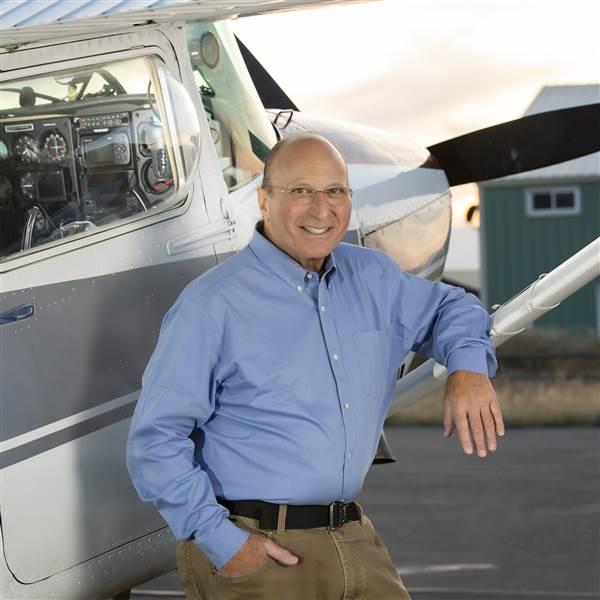This finding does not necessarily mean that drugs caused every one of those accidents, but the relationship is obviously strong given the high percentage of drugs found during pilot autopsies.
One of the most common drugs detected in fatal accidents is diphenhydramine, which is found in the antihistamine Benadryl and many other over-the-counter (OTC) allergy and sleep medications. You read that right—sleep medications! This innocent OTC medication has a significant adverse effect on cognitive function especially in people who do not use it regularly.
There are prescription medications that also may appear harmless to lay public but may have significant implications. For example, gabapentin (Neurontin) has become popular to treat nerve pain like a pinched nerve especially because it is not an opioid and has far less addicting potential. Because it is not a traditional pain medication, many may think it has few side effects. While it can appear innocuous, it also may have anywhere from subtle to significant cognitive effects in the flight environment.
One of the FAA’s major concerns is not just the medication but the reason for which the medication is taken. Acetaminophen (Tylenol) is a relatively safe medication without any common neurologic side effects, but if it is taken for a significant condition like a severe headache, should the pilot be flying an aircraft with that kind of problem? The headache impairment may be insignificant on the ground but could be severe in the air. Even relatively low side effect medication like first line antibiotics may not cause any problems, but the sinusitis it is being used for could be debilitating if barotrauma occurs from not being able to equalize altitude-related pressure changes.
The FAA does not have the ability to evaluate every medication—and specifically a new one—that is on the market and that is why there is no official “allowed” or “not allowed” medication list. The task would be logistically impossible with individual nuances that cannot be predicted. The FAA almost always requires that a medication to be on the market for at least a year before allowing its use in aviation in order to review side effect reports in the general population.
Natural products or supplements do not get a free pass. Many of these seemingly innocuous drugs (and they are drugs) can have deleterious effects ranging from stomach distress to sedation. It is difficult to know what exactly is in an herbal product and what the effects might be. It also is essentially impossible to judge the potency of herbals given their lack of regulation and quality controls. The time to take them for the first time is not on a flight. Experience using an herbal product is important to evaluate an individual’s response.
Pilots must realize that altitude significantly increases the potential adverse effects of medications. The higher one goes, the more significant the effects. This means that a pilot who does not notice any side effect of a medication at sea level may have marked impairment at 10,000 MSL. Although supplemental oxygen may reduce the side effects, the cockpit is not the place to evaluate these potential problems. Also, body size, general sensitivity to medications, and medication interactions can be unpredictable.
What does the pilot do when starting a new prescription or nonprescription medication? The first step would be to ask the treating physician (or primary care physician or registered pharmacist for over-the-counter medications) what the side effects might be. Asking an AME or consulting the AOPA medications database online may also provide information about the drug and if for no other reason, to make sure it will not affect a pilot’s medical certificate. The next would be to see how the medication affects the pilot before hopping into an aircraft. The pilot seat of an aircraft is not a good testbed for medications. Even if it appears all is well, a flight with a safety pilot might be prudent to evaluate effects.
In general, the FAA recommendation for waiting after taking a medication like a sedating one which could affect the safety of flight is five half-lives of that medication. Half-life is the amount of time it takes for the body to clear 50% of a medication. The FAA rule of thumb for that is wait five times the dosing interval after the last dose before flying. For some medications, like diphenhydramine that we mentioned earlier, this may mean several days before legally acting as PIC.
It really is not necessary to discuss THC (marijuana) even in states where it is legal by prescription. Although many users report no significant cognitive effects, it is banned on a federal basis and will never be allowed in the aviation environment. Since THC can be found in blood for days to weeks after use (depending on frequency of use and body fat content), use by pilots is forbidden at any time. Stoners beware!
Dr. Blue is ATP rated flying out of Driggs, Idaho (KDIJ), just west of his home in Jackson Hole. He flies a Cessna 185 and a Noorduyn Norseman.






